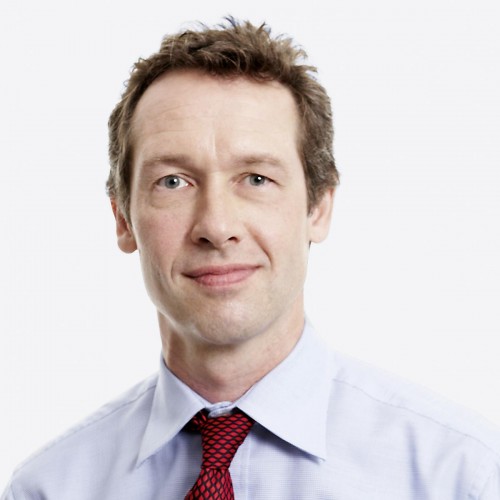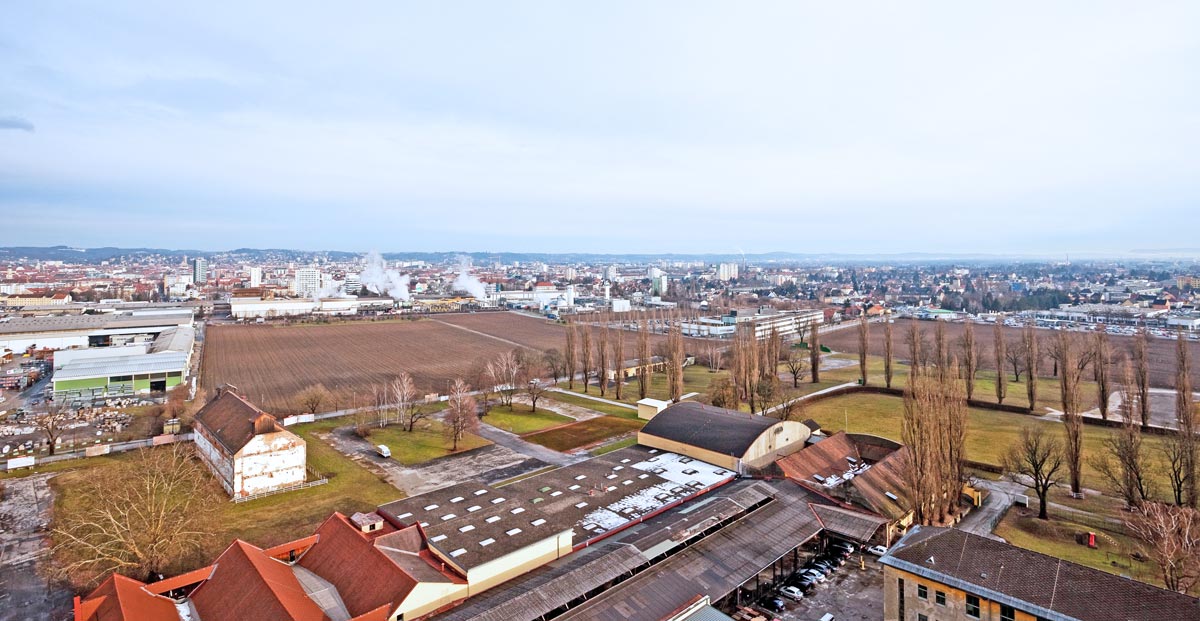To realize pioneering technologies and solutions for the Smart City, novel service approaches and business models, so-called “Smart Services“, must be developed and tested. A project headed by e7 Energie Markt Analyse GmbH and carried out in collaboration with Energy Center Wien (tinavienna), SIR (Salzburger Institut für Raumordnung und Wohnen) and the Institute of Urbanism at Graz University of Technology is concerned with the implications of the Smart City approach for providing and using energy within delimitable urban districts.
The project team develops practical business models for supplying heat from renewable sources of energy to built-up areas as efficiently as possible. To the experts Smart Services are service packages that make it possible to integrate the demand for and supply of energy in a comprehensive strategy for the settlement or urban district in question.
Sample applications
In the course of the project Smart Services will be configured for specific applications in three Austrian urban development areas, and their practicability checked in a comprehensive stakeholder process.
For a new neighbourhood with a total of 6,000 flats in Wien Donaufeld one option would be a low-temperature district heating grid with heat pumps and downhole heat exchangers, which could supply the entire settlement with energy from renewable sources. The strategy has been reviewed by experts from e7 from the technical and economic point of view and found to be feasible. As part of the project a funding scheme has been drafted: for this project a mix of project funding, crowd funding and contributions from property developers appears to be suitable.
In the urban development area of Graz Reininghaus the waste heat and cold from nearby industrial enterprises (Marienhütte, Stamag and Erber Brunnen) is to be utilized. In addition PV modules could be installed on roof and façade surfaces to supply electricity for the heat pumps and the facilities in general. As the investor here has an operating company, an all-in-one business model might be a good choice.
In the case of the 200-flat Sonnengarten Limberg housing complex in Zell am See, using electricity straight from PV modules is to be reviewed. The investigation will cover several ways of consuming the power from a 900 m2 PV facility (140 kWp) on the spot, if possible without buffer storage. Here the system for supplying heat is to be put out to tender, for a contractor to handle.
CONTACT
Stefan Amann, e7 Energie Markt Analyse GmbH
stefan.amann@e-sieben.at.at
www.e-sieben.at

Walter Hüttler, CEO
e7 Energie Markt Analyse GmbH
